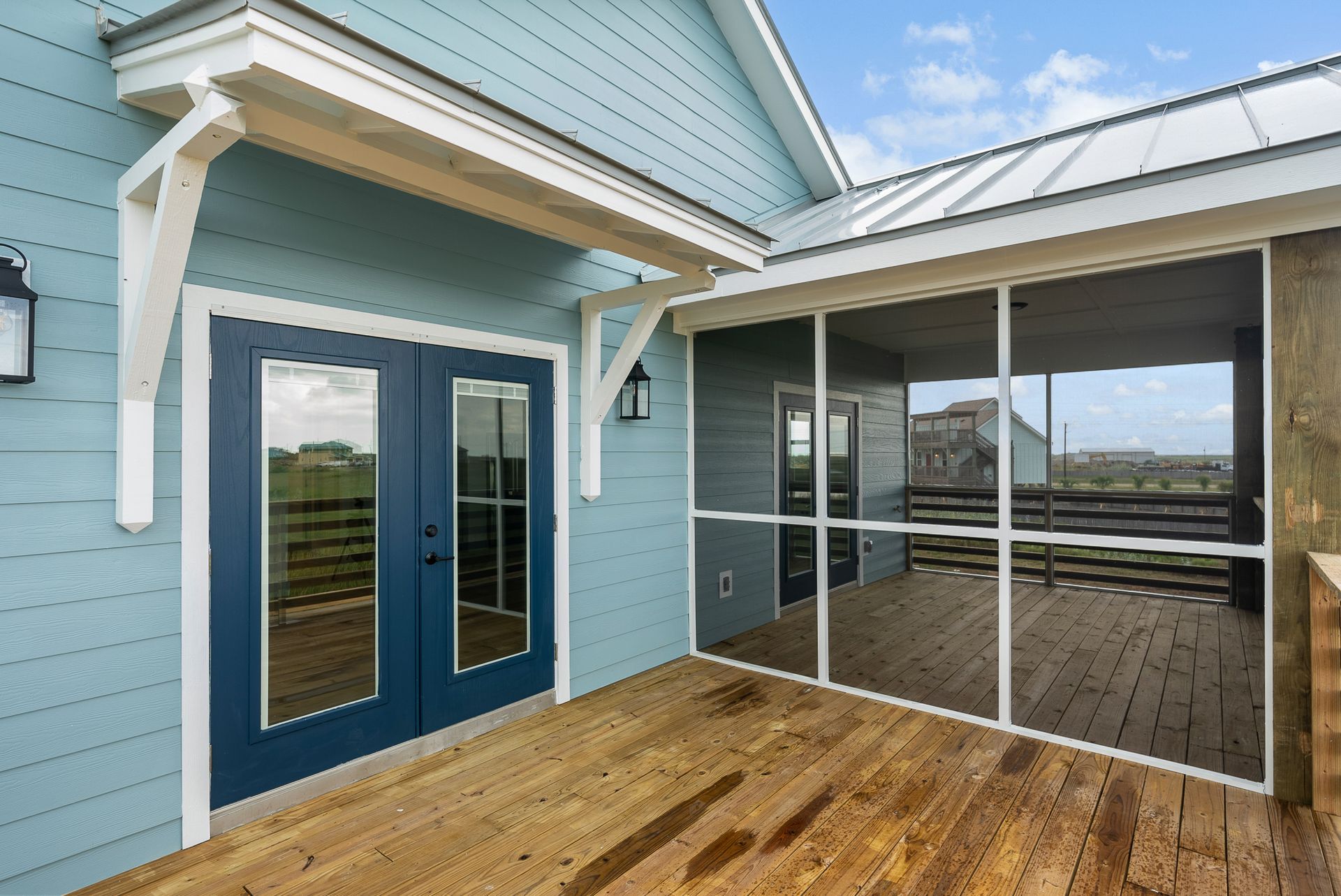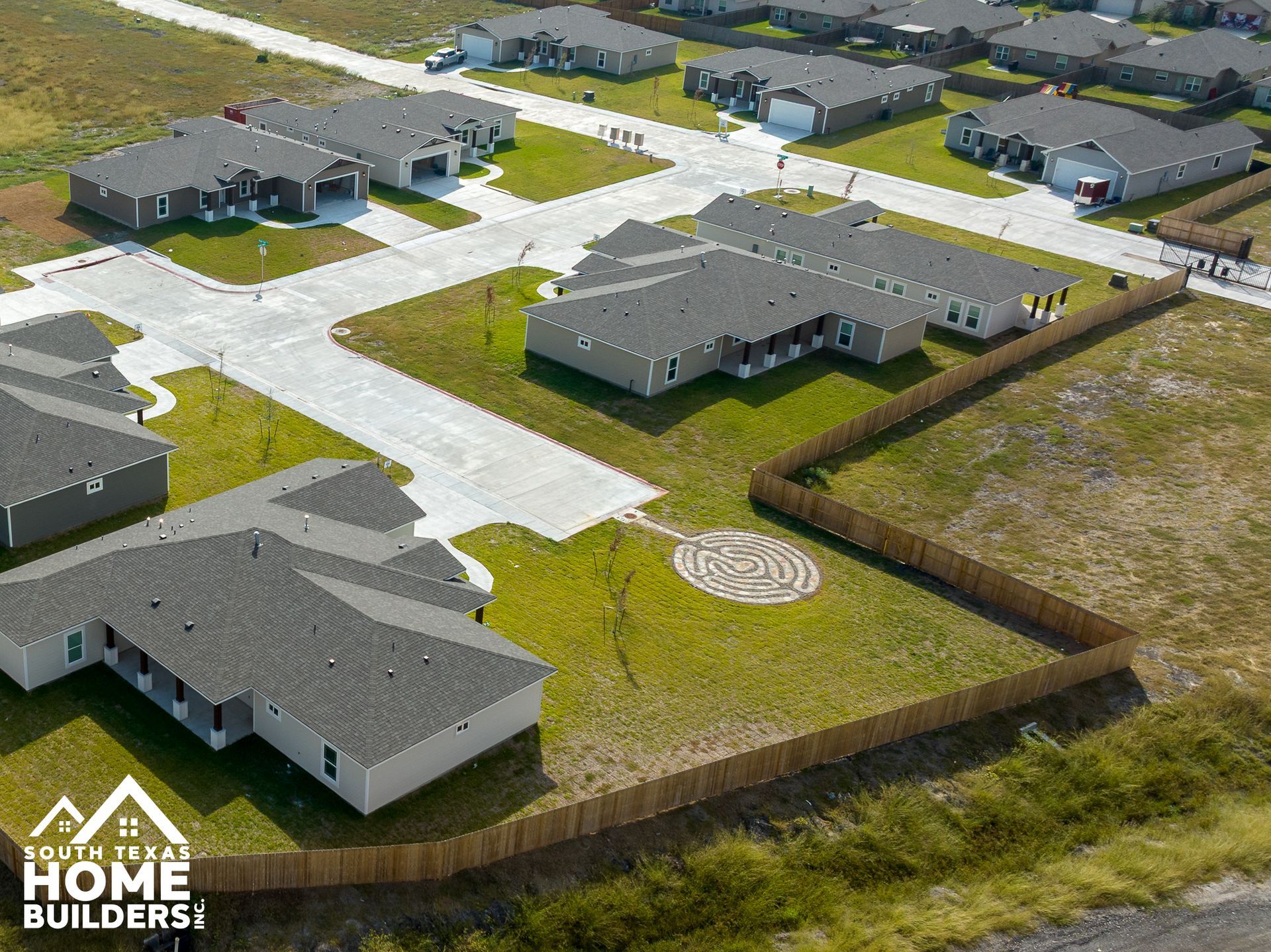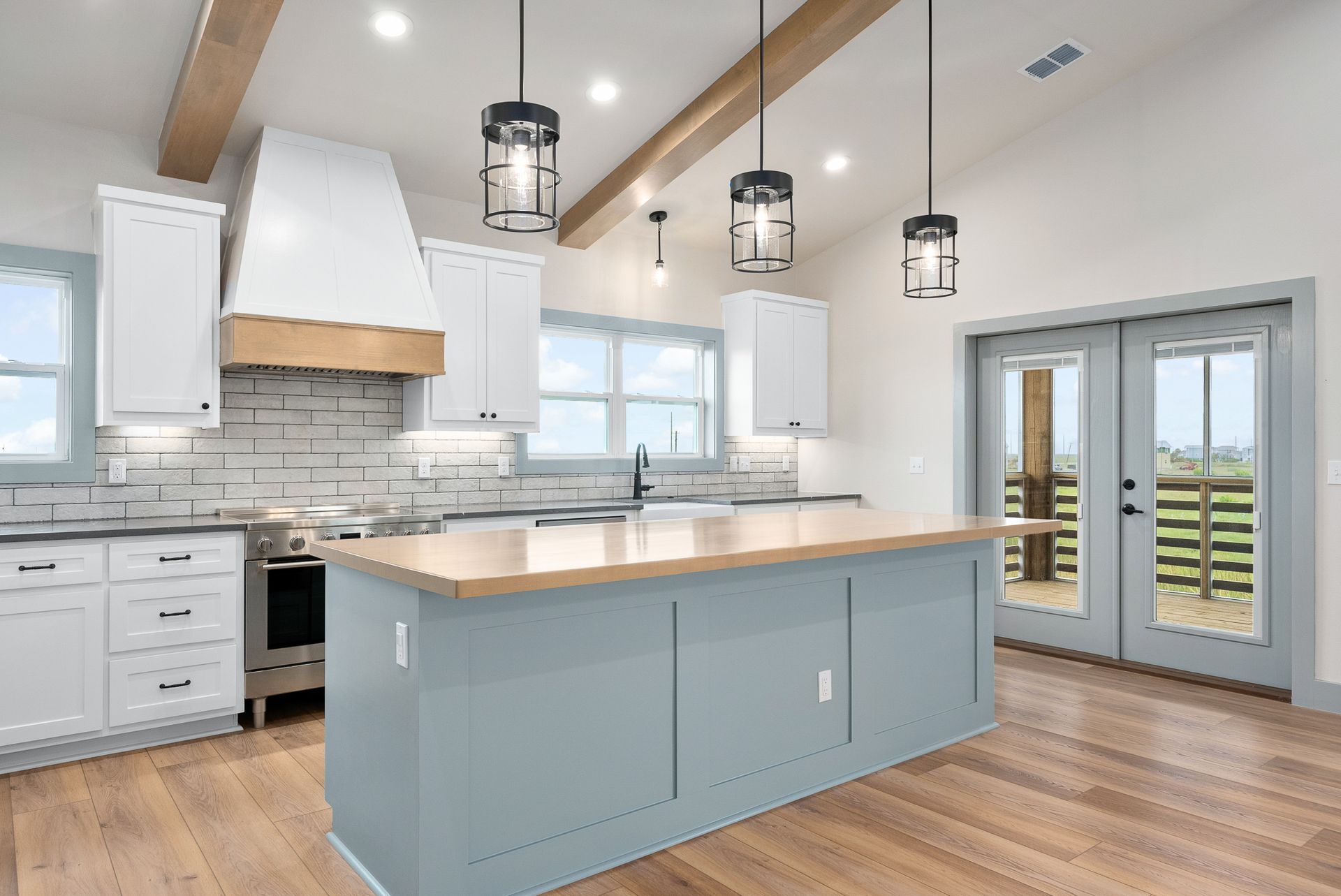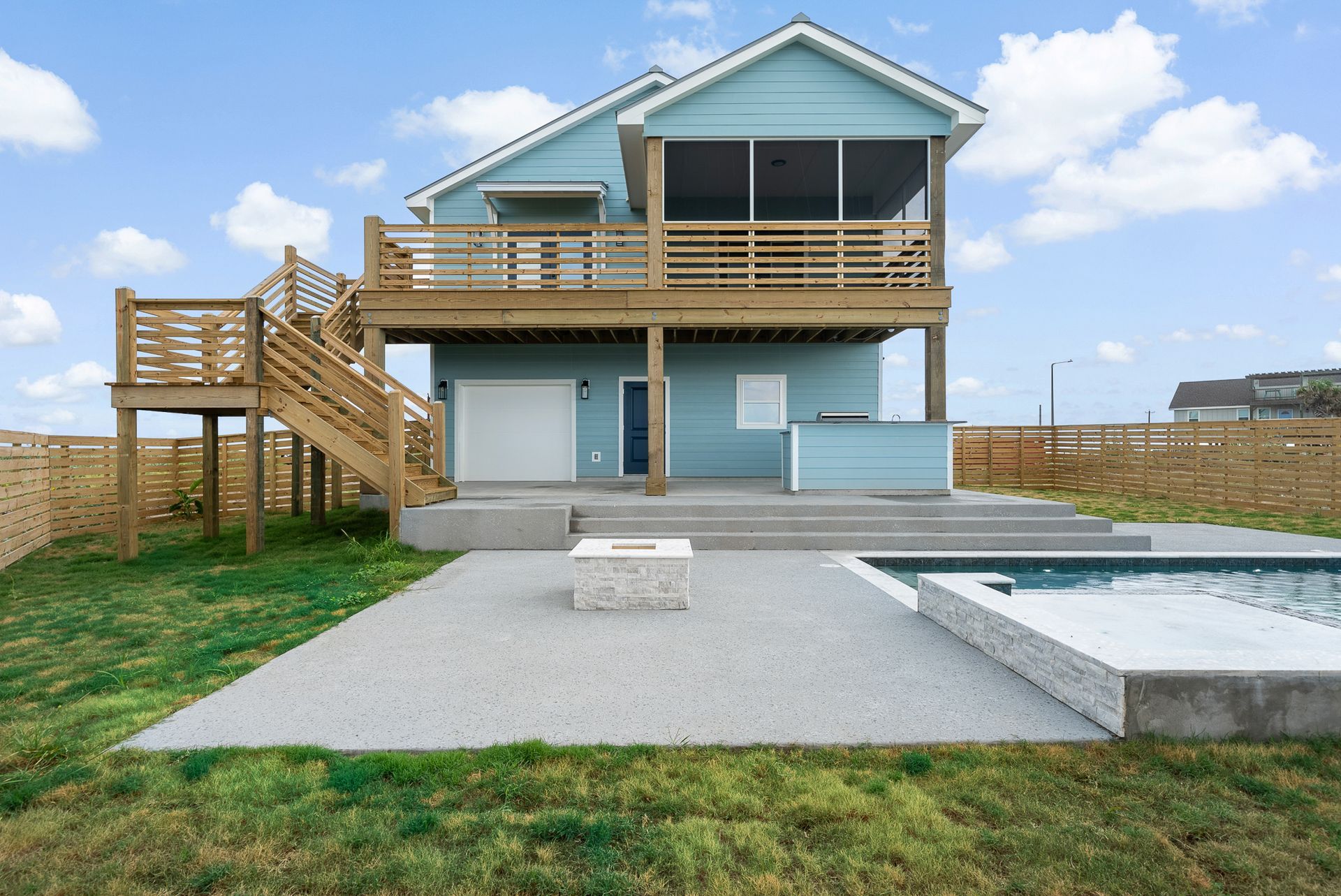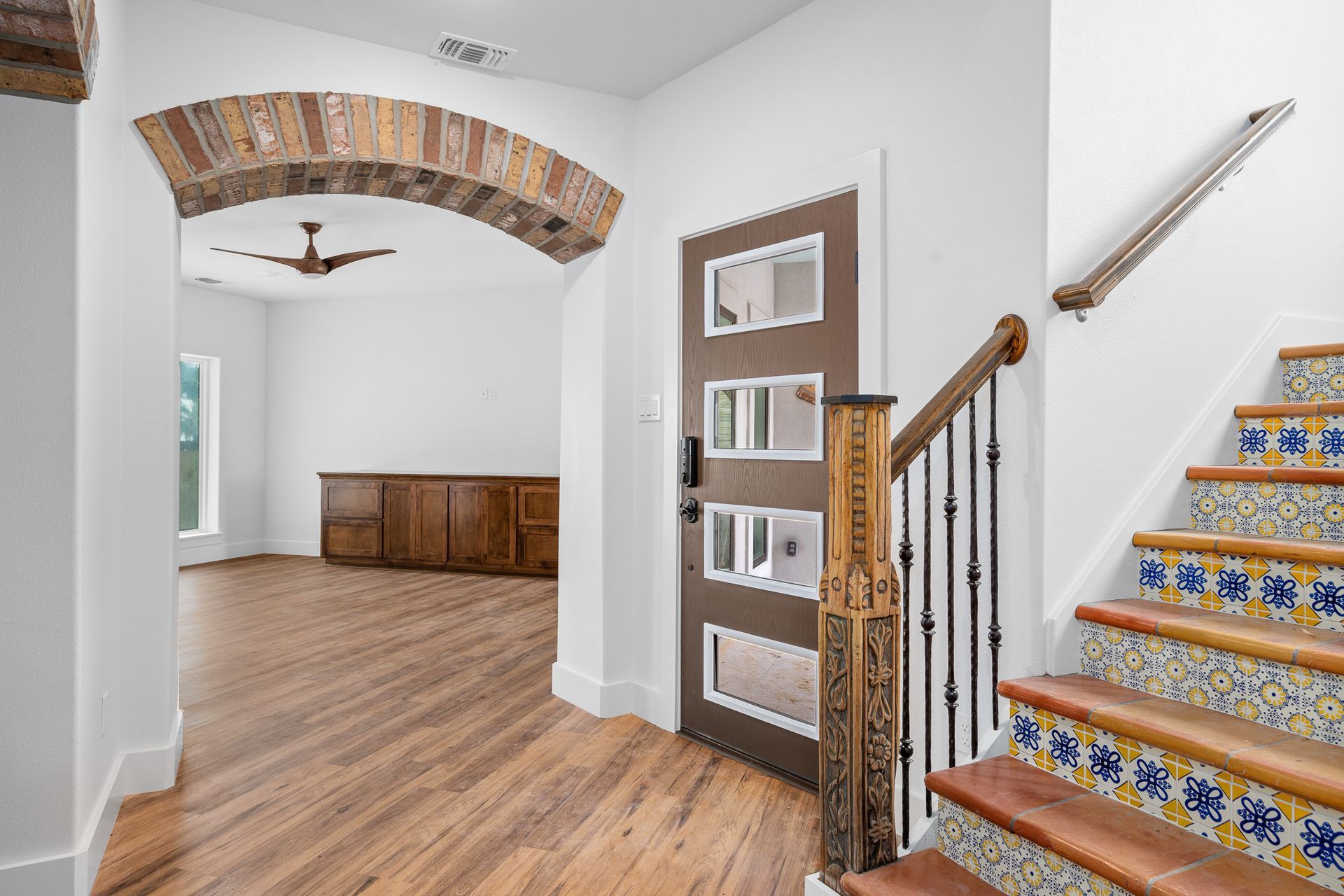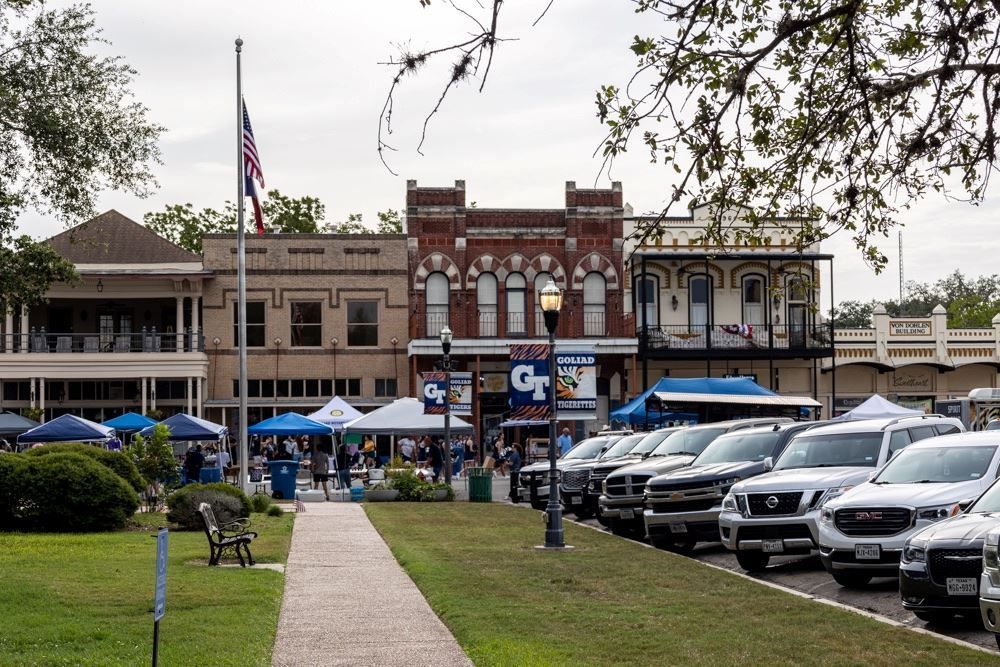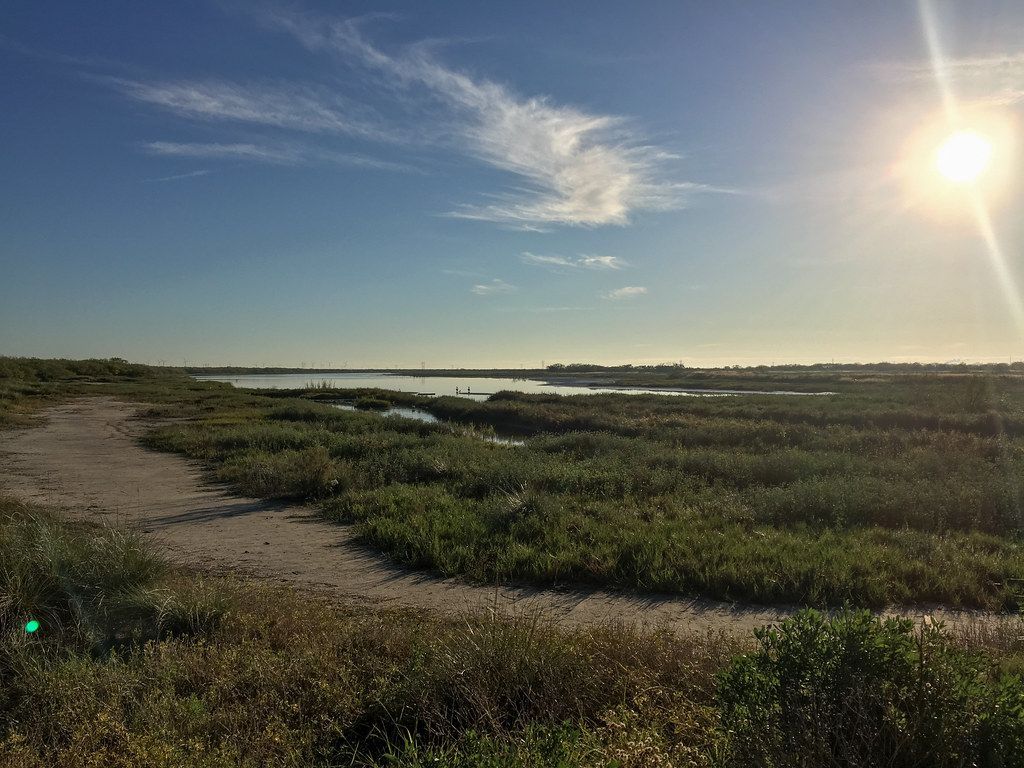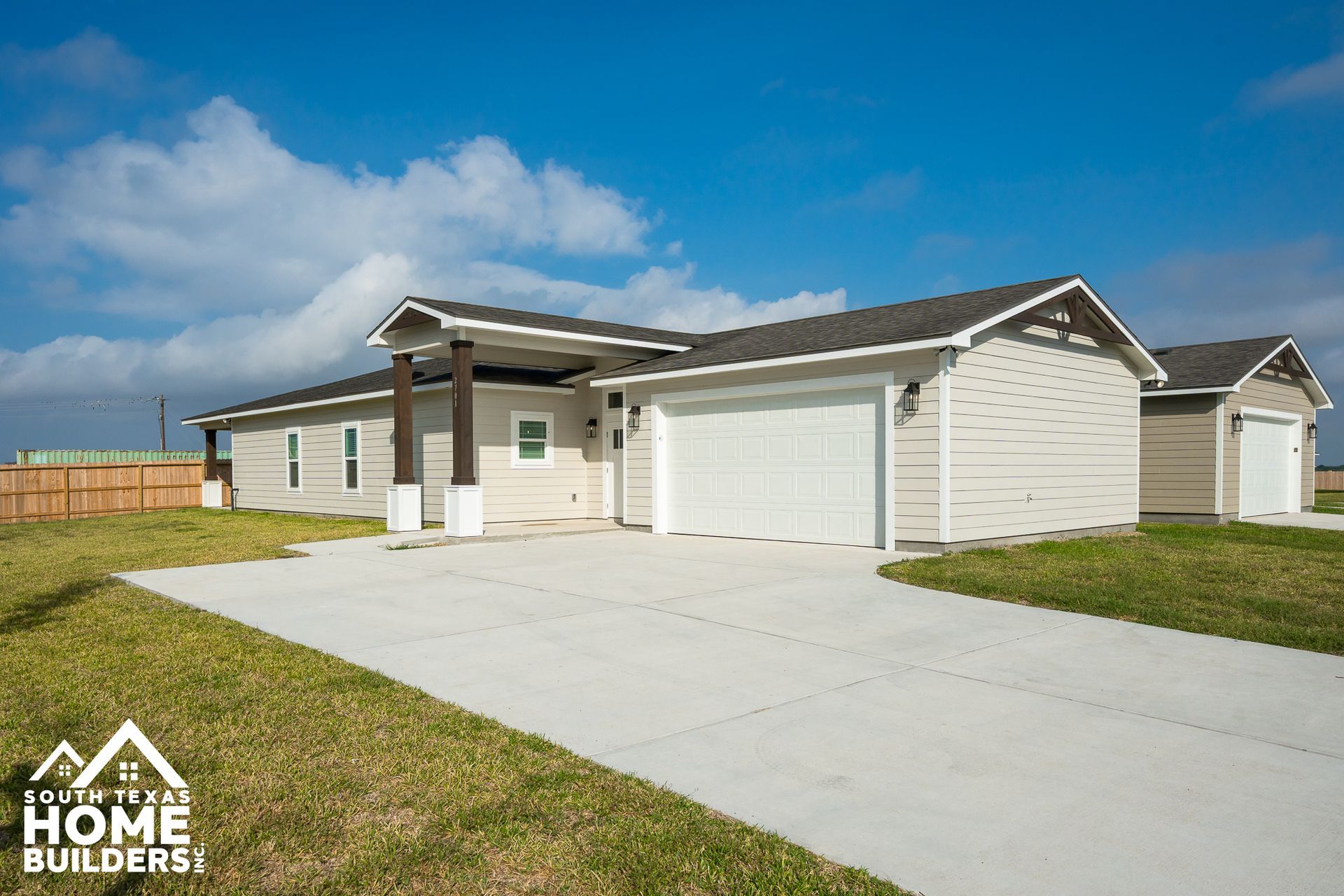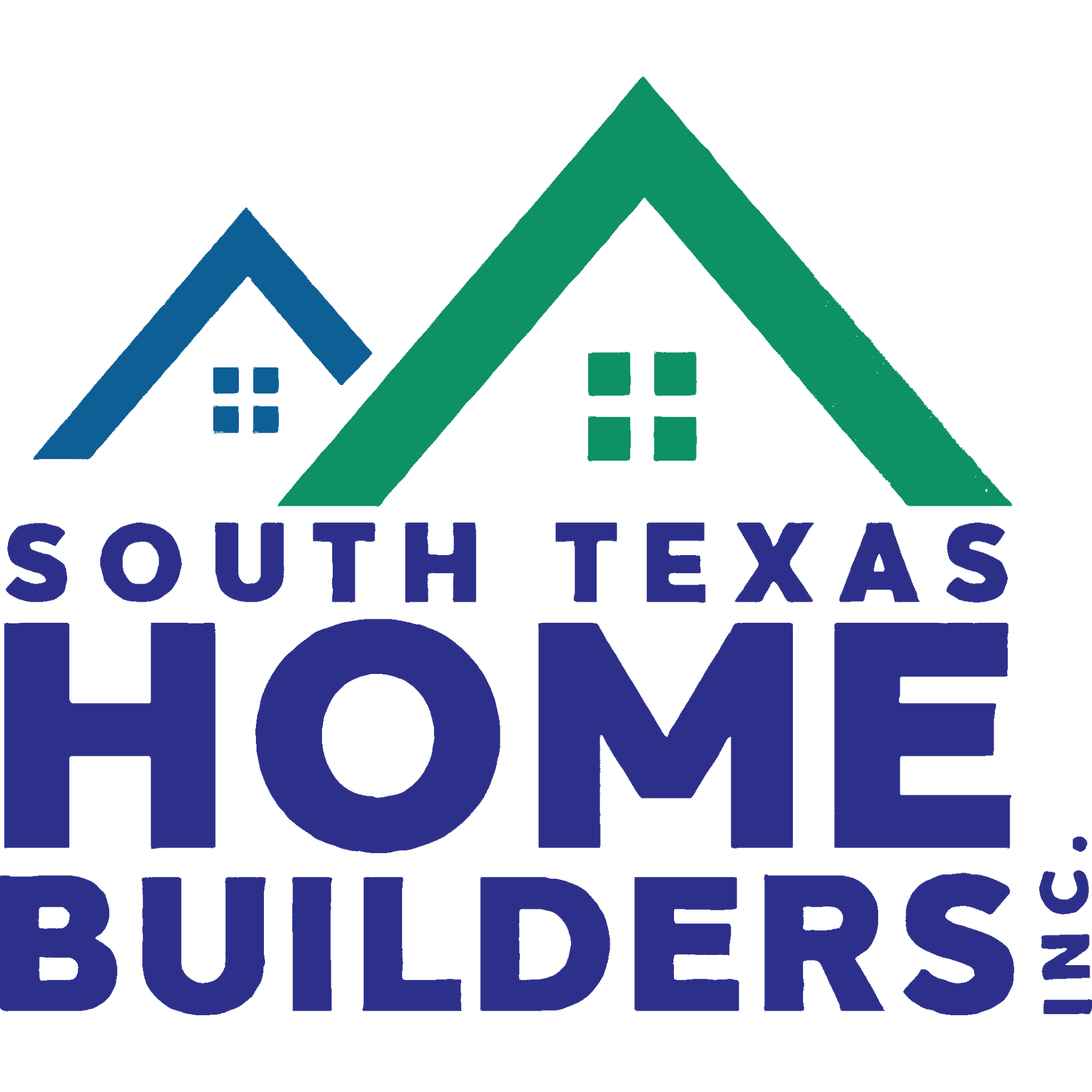Energy-Efficiency Upgrades That Pay in Coastal and Rural Homes
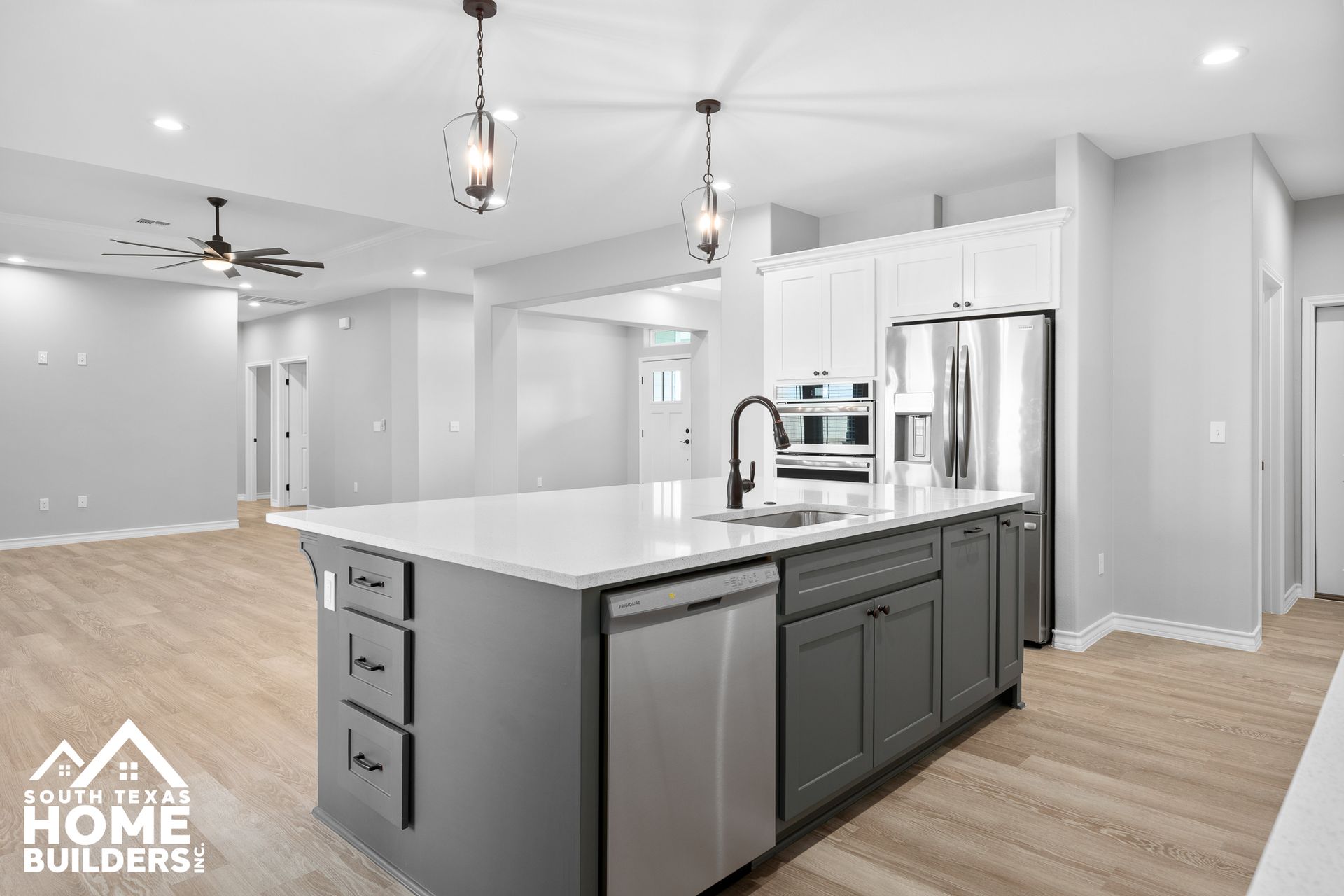
Building or owning a home near the Texas coast means balancing comfort, durability, and efficiency in a humid, wind-prone environment. Even small improvements in insulation, ventilation, and systems can lower bills and strengthen your home against the elements.
At South Texas Home Builders, every custom design starts with the same principle: the most durable home is usually the most efficient one. Below are upgrades worth considering whether you’re starting a new build or fine-tuning an existing property.
1. Seal the Envelope Before You Power It
Energy savings start where air leaks stop. In coastal and rural builds, wind-driven moisture finds its way through the smallest cracks.
- Inspect the attic and wall insulation. Many older homes have compressed or uneven insulation. Filling gaps and maintaining proper coverage keeps conditioned air inside and salt-laden moisture out.
- Check window and door seals. Over time, UV light and humidity cause weather-stripping to harden. Replace brittle gaskets and re-caulk seams where daylight shows through.
- Air sealing at penetrations. Gaps around electrical boxes, plumbing lines, or recessed lights often go unnoticed. Expanding foam or backer rod with sealant can eliminate steady air leaks.
A tight envelope not only lowers utility costs—it protects finishes and framing from salt-air corrosion and mold.
2. Modern HVAC for Coastal Conditions
Salt air is tough on HVAC coils and hardware. Choosing equipment built for the coast extends lifespan and performance.
- Select coastal-rated systems. Look for units with epoxy-coated condenser coils, stainless screws, and non-corrosive cabinets.
- Upgrade to high-efficiency heat pumps or variable-speed systems. These adjust output to real-time demand, saving energy during mild shoulder seasons.
- Add a whole-home dehumidifier. Managing humidity keeps indoor temperatures more comfortable at higher thermostat settings.
- Clean coils and flush drain lines regularly. Prevents corrosion and blockages that can shorten the system’s life.
A properly designed mechanical system is less about horsepower and more about balance—temperature, humidity, and airflow all working together.
3. Smarter Power and Lighting
Technology has made energy management simpler and more intuitive.
- Smart thermostats and occupancy sensors automatically adjust heating, cooling, and lighting when rooms are unoccupied.
- LED lighting cuts energy use dramatically and performs better in damp or exterior fixtures.
- Ceiling fans and whole-house fans reduce the need for constant air-conditioning on cooler nights.
Even basic smart-home integrations—controlled outlets, zoned lighting, or automated shades—can significantly lower demand on HVAC and reduce UV exposure on interiors.
4. Long-Term Payoff
The upfront cost of efficiency upgrades often repays itself quickly in reduced energy bills and lower maintenance. More importantly, it creates a tighter, drier, longer-lasting home.
A home that resists heat, humidity, and salt is more than efficient—it’s resilient. That’s why every South Texas Home Builders project begins with careful material and system selection tailored to the coastal environment.
Efficiency here isn’t about gadgets; it’s about good building science applied consistently.
NEWS

